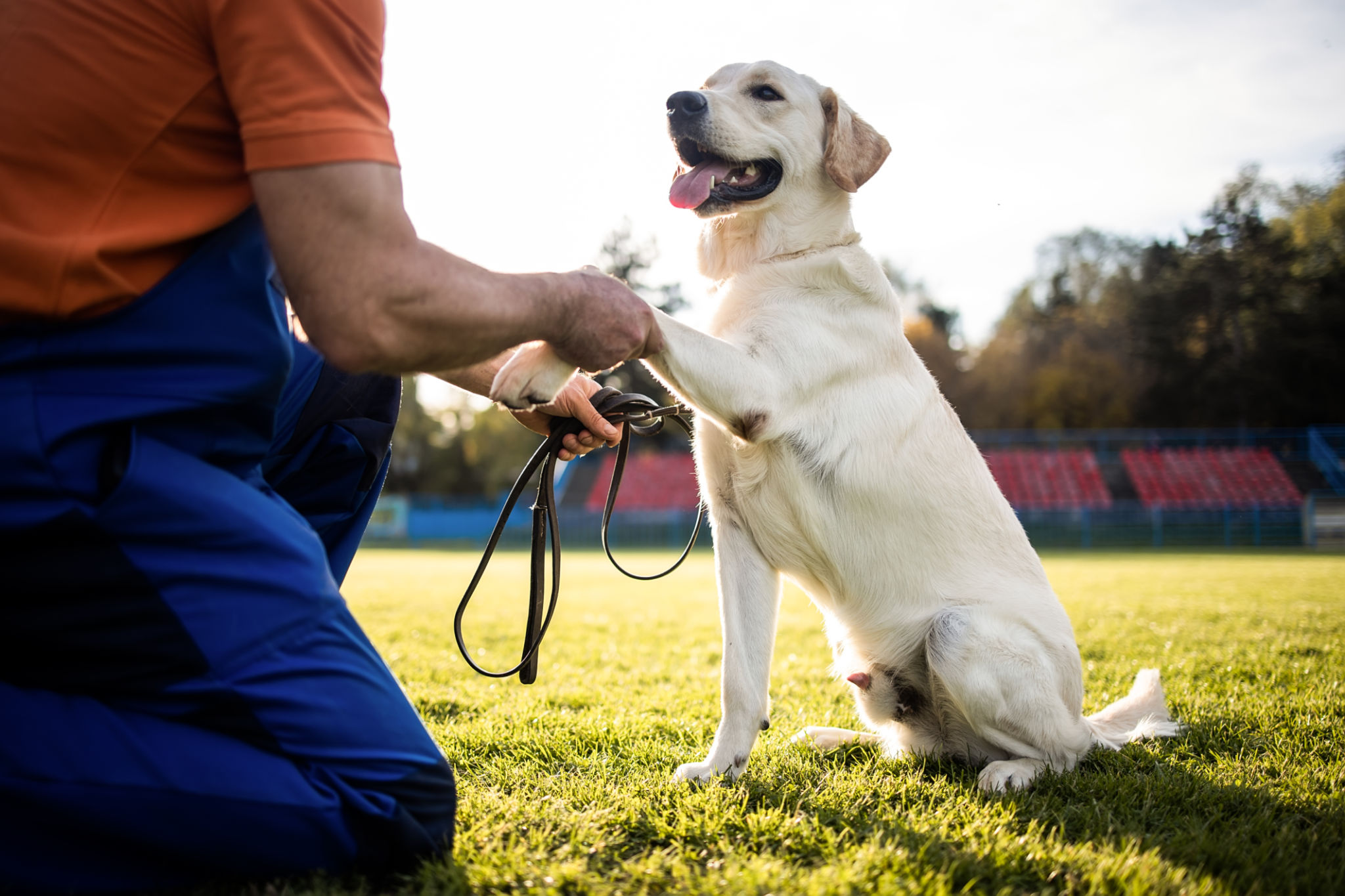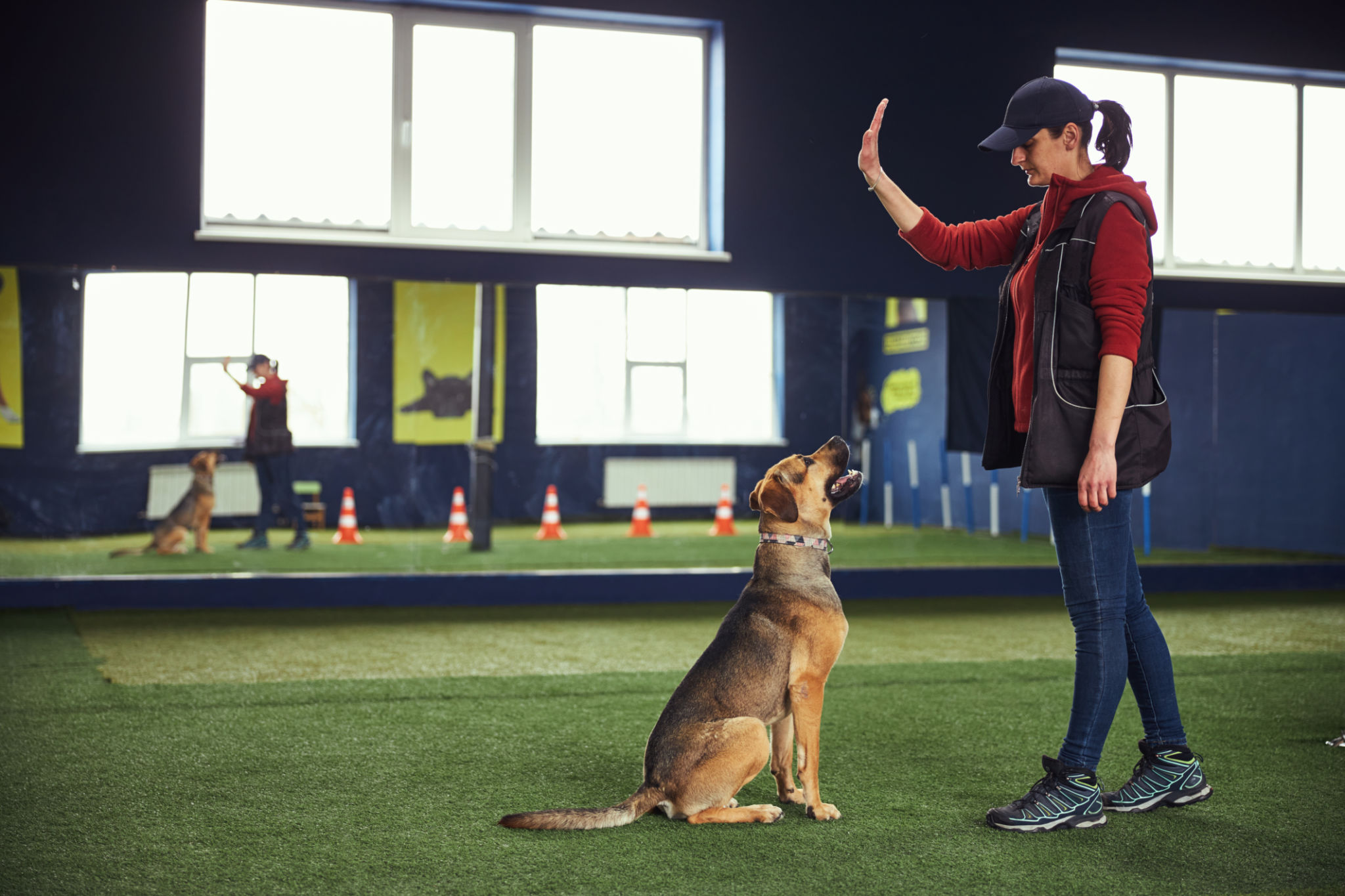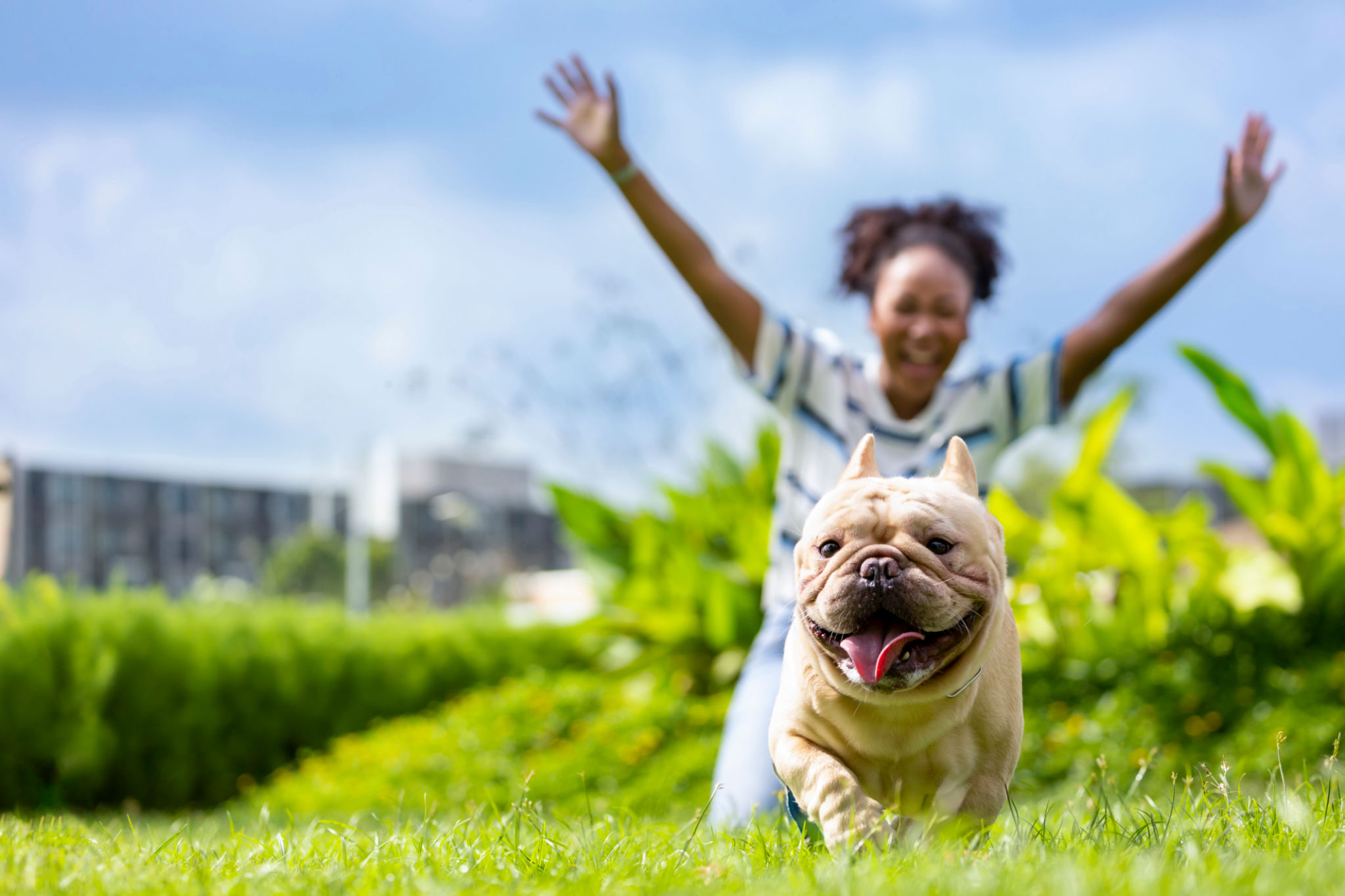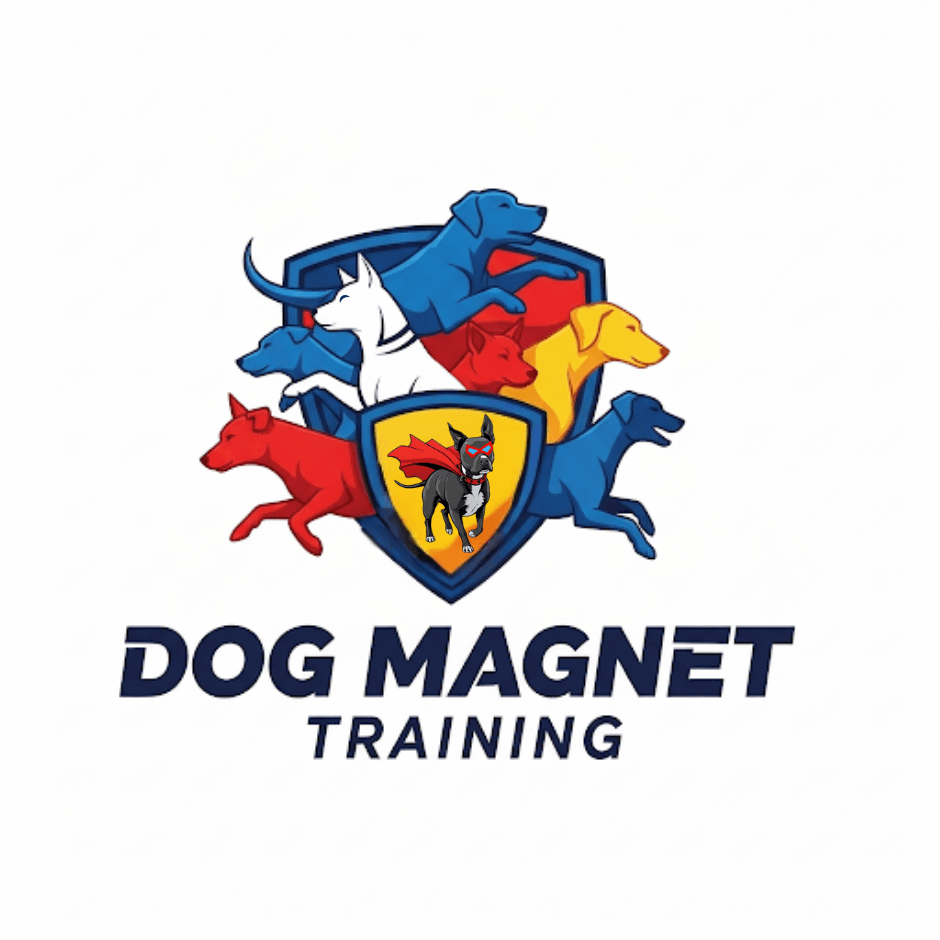Case Study: Transforming a Reactive Dog into a Calm Companion
Understanding Reactive Behavior in Dogs
Reactive behavior in dogs can be challenging for both the pet and the owner. Dogs may react aggressively or fearfully to certain stimuli, such as other animals, people, or even specific sounds. It's important to understand that reactivity is often rooted in fear or anxiety, and addressing these underlying issues is crucial for transformation.
The first step in transforming a reactive dog into a calm companion is identifying the triggers. Common triggers include strangers, other dogs, or loud noises. Once these are identified, you can begin working on desensitization and counter-conditioning techniques to help your dog manage its reactions more effectively.

Implementing Effective Training Techniques
Training a reactive dog requires patience and consistency. One effective approach is positive reinforcement, which involves rewarding your dog for calm behavior in the presence of triggers. This helps create a positive association with the previously stressful stimulus.
Another technique is desensitization. This involves gradually exposing your dog to the trigger at a distance where they remain calm, then slowly decreasing the distance over time. Coupled with counter-conditioning, this can significantly reduce reactive responses.

Utilizing Professional Help
For many pet owners, seeking assistance from a professional dog trainer or behaviorist is beneficial. These experts can develop a personalized training plan tailored to your dog’s specific needs and offer guidance on how to implement these strategies effectively.
Professional trainers often use evidence-based techniques to address reactive behavior and can provide valuable insights into why your dog may be reacting in certain ways. This expert guidance can accelerate the transformation process and lead to more sustainable results.

Consistency and Patience: Key to Success
Transforming a reactive dog into a calm companion is not an overnight process. It requires consistent effort and patience from the owner. Regular training sessions, combined with positive reinforcement, will gradually help your dog learn new behaviors.
Maintaining a calm demeanor is also crucial for the pet owner. Dogs are highly sensitive to human emotions, so staying calm during training sessions can positively influence your dog's behavior.
Tracking Progress and Celebrating Wins
Keeping track of your dog's progress is essential. Documenting changes in behavior, noting improvements, and celebrating small victories can motivate you to continue the training process. This also helps identify areas that may need more focus.
Remember, every step forward, no matter how small, is a success. Celebrate these moments with your dog to reinforce positive behavior and strengthen your bond.

The Journey to a Calm Companion
While transforming a reactive dog into a calm companion is challenging, the rewards are substantial. A calmer dog leads to more enjoyable walks, less stressful interactions with other animals and people, and a stronger bond between you and your pet.
By understanding the root causes of reactivity, employing effective training techniques, and practicing patience and consistency, you can guide your dog toward becoming the calm companion you envision. Embrace the journey and cherish the progress made along the way.
